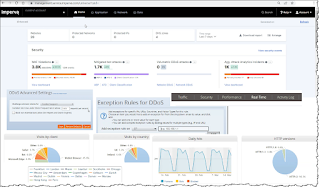Overview: The current version of Identity Server is 4. Identity server is basically a .NET Core 3.1 application that is an Identity Provider (IdP) similar in role to PingId, SiteMinder, AAD b2C. Identity server allows applications (native mobile, websites and servers) to securely authenticate users. In this post, OAuth means OAuth2.0.
OAuth2 Grant Types:
| Flow | Description | Client | Grant Type | |
| Authorisation with PK | Authorisation Code Grant Type. Default choice for authorization. | Native mobile Apps, Windows app, Browser Apps | Code | |
| Client Credential | Server-to-server (S2S) communication is also referred to as Machine-to-machine (M2M). | Server,Consoles,Services | ClientCredentials | |
| Implicit | Instead, use the Authorisation Code Flow with PKCE (if possible) | Native Apps & SPA's often use Implicit Flow | Implicit | |
| Hybrid | ||||
| Device | Primarily for devices with limited input capabilities, it allows users to authenticate by entering a code on a separate device with a browser. | IoT devices, anything with limited input capabilities. Also can be for Native mobile Apps, Windows apps, and Desktop consoles. | Device | |
| Resource Owner Pswd | Don't use |
- /authorization endpoint - gets the access grant and user consent (only code and implicit flows use this endpoint)
- /token Endpoint - issues tokens (client credential only uses the token endpoint, obviously code & implicit flow use both endpoints)
- /revoke - used to revoke a token
- /userinfo - used to hold profile info for the user, e.g. name, email. The /userinfo endpoint is used in OIDC implementations of OAuth and specifies that the user must use the following scopes: address, phone, email, and profile.
- /.well-known/oauth-authorization-server - useful to discover the actual OAuth implementation.
- JSON Web Token (JWT), pronounced "JOT", is an access token that contains authorisation and profile data. The alternative is to use Opaque to JWT, but most implementations use JWT.
- JWT's need to be validated using the signature. The JWT Access Token is base64 encoded and consists of three parts separated by period signs, i.e. , HEADER.PAYLOAD.SIGNATURE
- Refresh tokens are opaque
- Single endpoint with a single function to get a new Access Token.


















